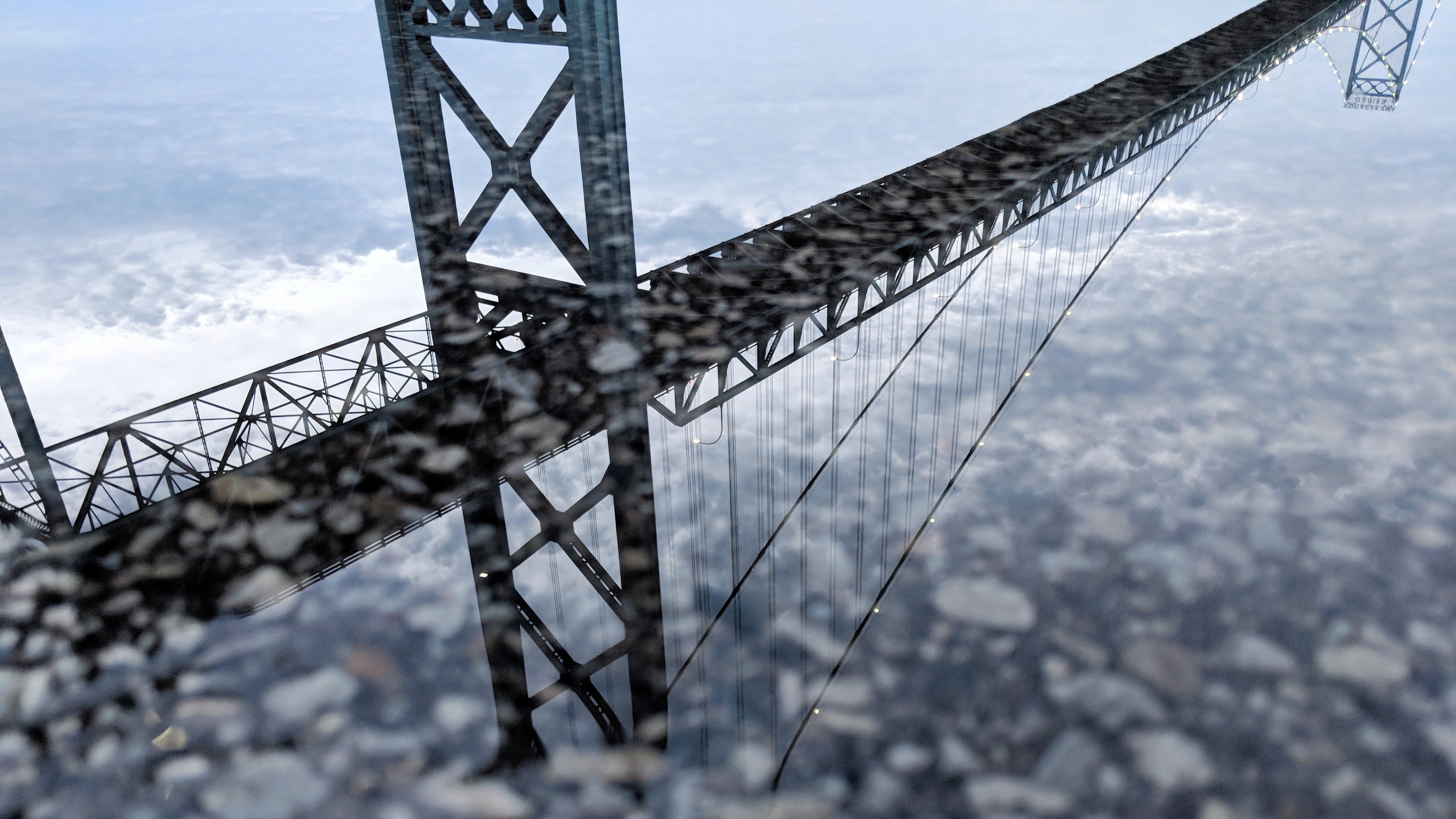Complexity is, by its very name and nature, a complex phenomenon to understand. Yet, many of the most urgent, challenging problems we face as a species – from climate change to social inequities and inequality through to health system sustainability – sit in the realm of the complex. Thus, if we are to make any positive shift in addressing threatening complex problems we need to be able to engage society in conversations about them and develop strategies to learn and adapt that work with complexity rather than fall into the trap of what Russ Ackoff called ‘doing the wrong thing, righter.’
 Brenda Zimmerman was a master at starting those conversations and inspiring others to do the same. On December 16th 2014 the many worlds that Brenda inhabited -- including our social innovation and Tamarack community - lost her unexpectedly. While will take some time to process and understand this loss, we can reflect on what she gave to us. Among these gifts was her remarkable ability to tell the story of complexity and inspire others to do the same.
Brenda Zimmerman was a master at starting those conversations and inspiring others to do the same. On December 16th 2014 the many worlds that Brenda inhabited -- including our social innovation and Tamarack community - lost her unexpectedly. While will take some time to process and understand this loss, we can reflect on what she gave to us. Among these gifts was her remarkable ability to tell the story of complexity and inspire others to do the same.
Telling our stories
Telling stories is much of what social innovation is about. Social impact comes when we can tell stories about what is happening and connect them to what could happen, what is to what could be. In an unpredictable and often complex world the lines between what we do and our impact are tangled and rarely straight, requiring us to create narratives that respect this complexity yet keep it straightforward enough to excite people, reduce their fear and inspire action rather than passivity. That gift of storytelling and the use of metaphors that support these stories are what Brenda gave to me.
I owe her a great deal even though we never met. It is perhaps appropriate and sadly ironic that, on the day of her passing, that I was speaking with a colleague who’d studied under her about metaphors and stories and how Brenda connected the two so brilliantly. While I knew her work intimately, worked with many of her closest associates, lived in the same city, practiced in the same fields of health and innovation and had shared far too many “we need to get together” messages over the years, we never managed to follow-up and meet in person. It goes to show the need to live for the day for we may not always get another one.
While Brenda could use data and evidence to support her arguments for why we need to pay attention to complexity in our work, her most powerful tools were metaphor and story. She mastered the art of using metaphor to make the complex more approachable - even (dare one say) - almost simple to those for whom the concept is new, foreboding or mysterious and few were better at inspiring interest in complexity than her. She knew that unless people engaged with complexity we would never address our most challenging social and environmental problems in a sustainable, viable manner.
The Metaphor of the Sail and the Sea
To use a metaphor: Brenda knew how to use a sail to help her crew and passengers traverse the seas of complexity. But like a sail, the metaphor need not be precise to be impactful and positive, just good enough to get you moving in the right direction when the wind picks up. It can be raised and lowered, tilted and moved to adapt to the changes in conditions and the desire of the ships’ crew. The sail can provide shelter from a storm, shade from the sun or stored to allow the passengers on a ship to get a better view of the seas ahead. Brenda’s most famous metaphors were those that illustrated the difference between simple (baking a cake), complicated (sending a rocket to the moon), and complex (raising a child) providing adaptive tools that other teachers could use to inspire students of complexity. Indeed, many of Brenda’s metaphors have been adapted and evolved for use by systems scholars, activists, teachers and change-makers.
To build on the metaphor, a sail is of limited value without the wind, which often comes in the form of passion. Human energy or passion, the kind that comes from hope, outrage, compassion, creativity, companionship and camaraderie provides wind to our sails and few could harness this quite like Brenda Zimmerman. Whether it was in her presentations or writing, Brenda was truly passionate about making positive change and inspiring others to do so through a better understanding of what complexity means and how we can get past the messiness it brings to see the more beautiful opportunities that lay beyond it. Brenda’s writings on complexity in healthcare and health policy remain seminal works for anyone seeking to use complexity and systems thinking to better impact systems change.
But as Brenda’s sail has folded away for the last time, I’m comforted knowing that thousands of others have been raised because of her and that she’s been an admiral inspiring a fleet of captains ready to take on the complex challenges of the day on the seas of complexity before us all.





